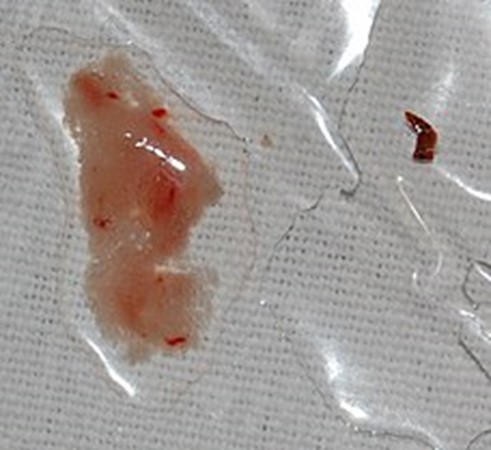Which statement, if made by a caregiver of a 2-year-old child diagnosed with cerebral palsy requires further discussion?
"My child will no longer be affected by this condition once we start physical therapy.”.
"It will be optimal to have a multidisciplinary approach for the best outcomes.”.
"There are multiple options for treatment including medications, surgeries, and braces.”.
"I should expect socialization with children who do not have cerebral palsy in school.".
The Correct Answer is A
"My child will no longer be affected by this condition once we start physical therapy.”.
Choice A rationale:
Cerebral palsy is a lifelong condition that affects muscle control and movement. Physical therapy can improve functionality, but it cannot completely cure or eliminate the condition. This statement demonstrates a misunderstanding of the nature of cerebral palsy.
Choice B rationale:
Choice B is accurate. Cerebral palsy management often involves a multidisciplinary approach including physical therapy, occupational therapy, and other interventions to achieve the best outcomes.
Choice C rationale:
Choice C is correct. There are indeed various treatment options for cerebral palsy, including medications, surgeries, and braces, depending on the severity and specific needs of the individual.
Choice D rationale:
The statement in Choice D is accurate. Inclusion and socialization with typically developing peers is encouraged, and schools often promote interactions among children with and without disabilities.
Nursing Test Bank
Naxlex Comprehensive Predictor Exams
Related Questions
Correct Answer is B
Explanation
Choice A rationale:
Meconium ileus is a concern in newborns with cystic fibrosis due to thick meconium, which can cause intestinal obstruction. At 16 years old, this complication is not relevant to the client's current condition.
Choice B rationale:
Blood-streaked sputum is a likely finding in a 16-year-old with cystic fibrosis and decreased pulmonary function. Cystic fibrosis leads to mucus accumulation and lung infections, which can cause blood vessels to rupture, resulting in blood-streaked sputum.
Choice C rationale:
Clear breath sounds bilaterally indicate healthy lung function, which is not expected in a client with cystic fibrosis and decreased PFT results. Breath sounds are likely to be diminished due to mucus accumulation.
Choice D rationale:
Dyspnea, or difficulty breathing, is a common symptom in clients with cystic fibrosis and decreased pulmonary function. However, the question asks about the expected findings that the nurse should assess, not a symptom that the client might report.

Correct Answer is ["A","B"]
Explanation
Choice A:
Hypoplastic left heart syndrome - Decreased pulmonary blood flow.
Choice B:
Tetralogy of Fallot - Obstruction to blood flow.
Choice C rationale:
Atrial Septal Defect is incorrectly matched with its hemodynamic classification. ASD results in increased pulmonary blood flow due to the shunting of oxygenated blood from the left atrium to the right atrium.
Choice D rationale:
Aortic Stenosis is again not accurately matched. Aortic stenosis causes obstruction to blood flow from the left ventricle to the aorta, impacting systemic circulation.
Whether you are a student looking to ace your exams or a practicing nurse seeking to enhance your expertise , our nursing education contents will empower you with the confidence and competence to make a difference in the lives of patients and become a respected leader in the healthcare field.
Visit Naxlex, invest in your future and unlock endless possibilities with our unparalleled nursing education contents today
Report Wrong Answer on the Current Question
Do you disagree with the answer? If yes, what is your expected answer? Explain.
Kindly be descriptive with the issue you are facing.
